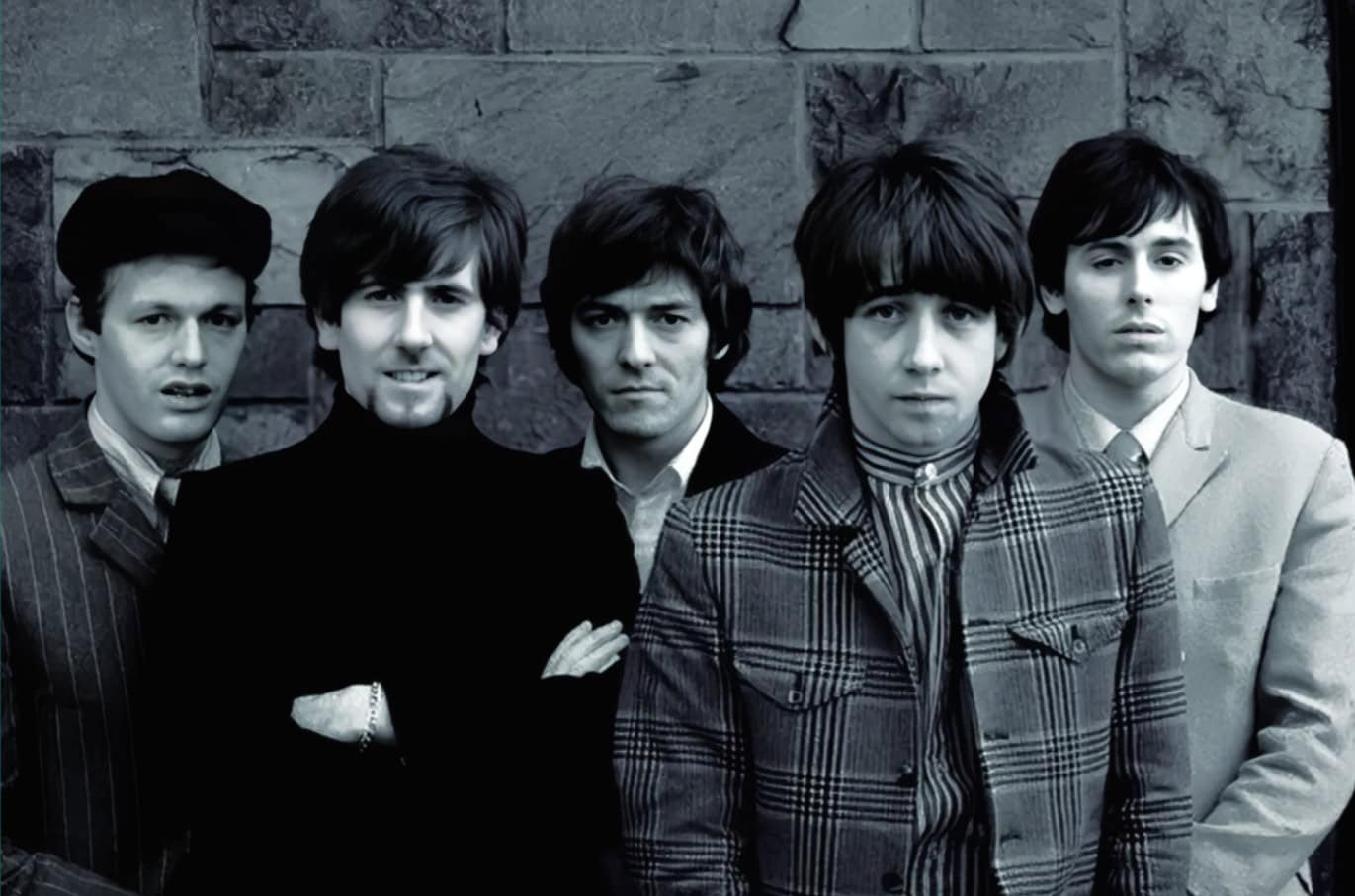About the song
“The Air That I Breathe,” originally written by Albert Hammond and Mike Hazlewood, has left an indelible mark on music history since its first rendition by Albert Hammond on his 1972 debut album, “It Never Rains in Southern California.” However, it was the Hollies’ iconic interpretation that catapulted the song to widespread acclaim and lasting recognition.
**Origins and Initial Recording**
Albert Hammond’s soulful ballad laid the groundwork for what would become a beloved classic. The song’s poignant lyrics and emotive melody resonated deeply with listeners, setting the stage for its subsequent covers and adaptations. Alan Parsons, renowned for his meticulous audio engineering, contributed to capturing the essence of the song, with an anecdote shared by Eric Clapton highlighting the profound impact of its opening note.
**The Hollies’ Interpretation and Success**
In early 1974, the Hollies released their rendition of “The Air That I Breathe,” which swiftly ascended to number two on the UK Singles Chart, marking it as one of their most successful singles. The song’s popularity crossed the Atlantic, peaking at number six on the Billboard Hot 100 in the United States and securing the third spot on the Adult Contemporary chart. This version notably featured a lush orchestral arrangement, enriched further by a horn section, amplifying its emotive power and musical depth.
**Legacy and Influence**
Beyond its chart success, “The Air That I Breathe” has influenced subsequent generations of musicians. Notably, the chord progression and melody were adapted by Radiohead for their 1992 breakthrough hit “Creep.” Legal action ensued, resulting in Hammond and Hazlewood receiving co-writing credits and royalties for Radiohead’s song, underscoring the enduring impact of Hammond and Hazlewood’s original composition.
**Musical Contributions and Credits**
The Hollies’ rendition of “The Air That I Breathe” featured stellar performances by the band’s members, including Allan Clarke’s emotive vocals, Tony Hicks’ masterful guitar work, and the cohesive rhythm section comprising Terry Sylvester, Bobby Elliott, and Bernie Calvert. The production prowess of Ron Richards and Alan Parsons, coupled with Chris Gunning’s orchestral arrangements, added layers of richness and texture to the song’s sonic landscape.
**Conclusion**
“The Air That I Breathe” stands as a testament to the timeless appeal of heartfelt songwriting and expert musical craftsmanship. From its origins with Albert Hammond to its evocative interpretation by the Hollies, the song continues to captivate audiences with its universal themes and haunting melodies. Its enduring legacy is a tribute to the power of music to resonate deeply across generations, solidifying its place as a cherished classic in the annals of rock and pop music history.
Video
Lyrics
If I could make a wish
I think I’d pass
Can’t think of anythin’ I need
No cigarettes, no sleep, no light, no sound
Nothing to eat, no books to read
Making love with you
Has left me peaceful, warm, and tired
What more could I ask
There’s nothing left to be desired
Peace came upon me and it leaves me weak
So sleep, silent angel
Go to sleep
Sometimes, all I need is the air that I breathe
And to love you
All I need is the air that I breathe
Yes, to love you
All I need is the air that I breathe
Peace came upon me
And it leaves me weak
So sleep, silent angel
Go to sleep
Sometimes, all I need is the air that I breathe
And to love you
All I need is the air that I breathe
Yes, to love you
All I need is the air that I breathe
Sometimes, all I need is the air that I breathe
And to love you
All I need is the air that I breathe
Yes, to love you
All I need is the air that I breathe
And to love you
